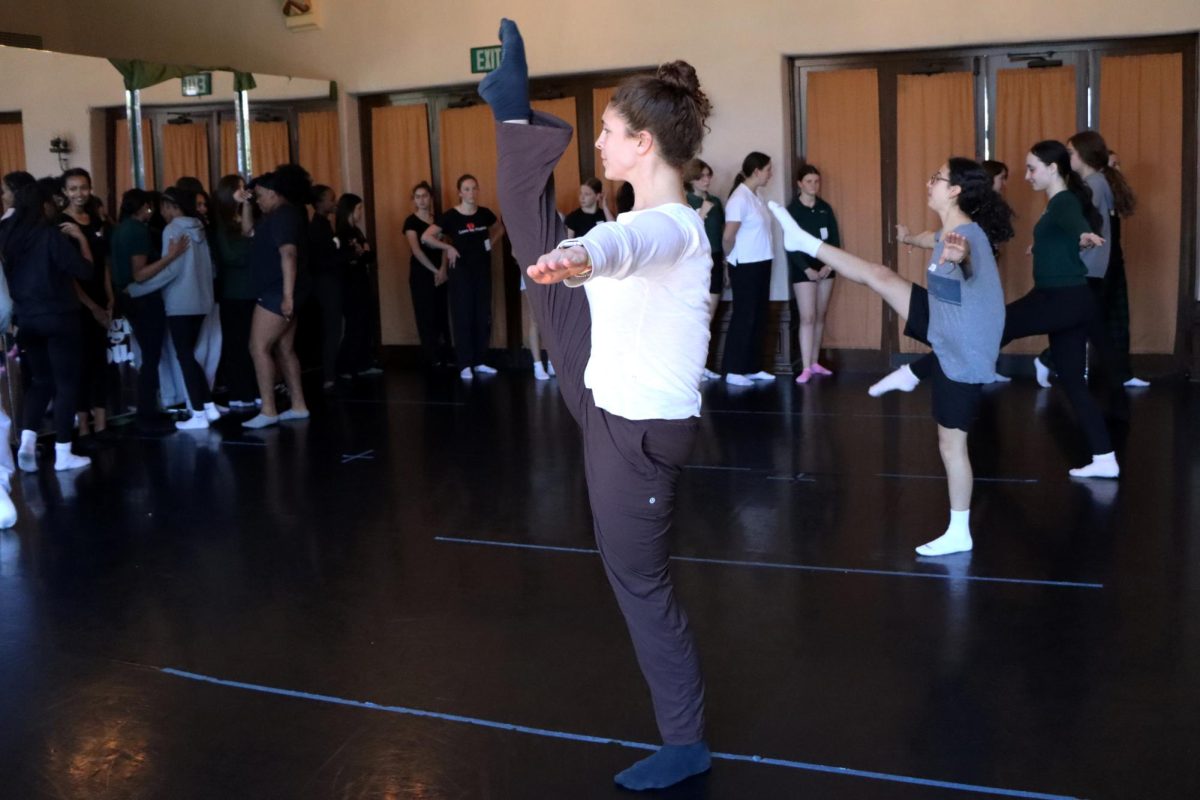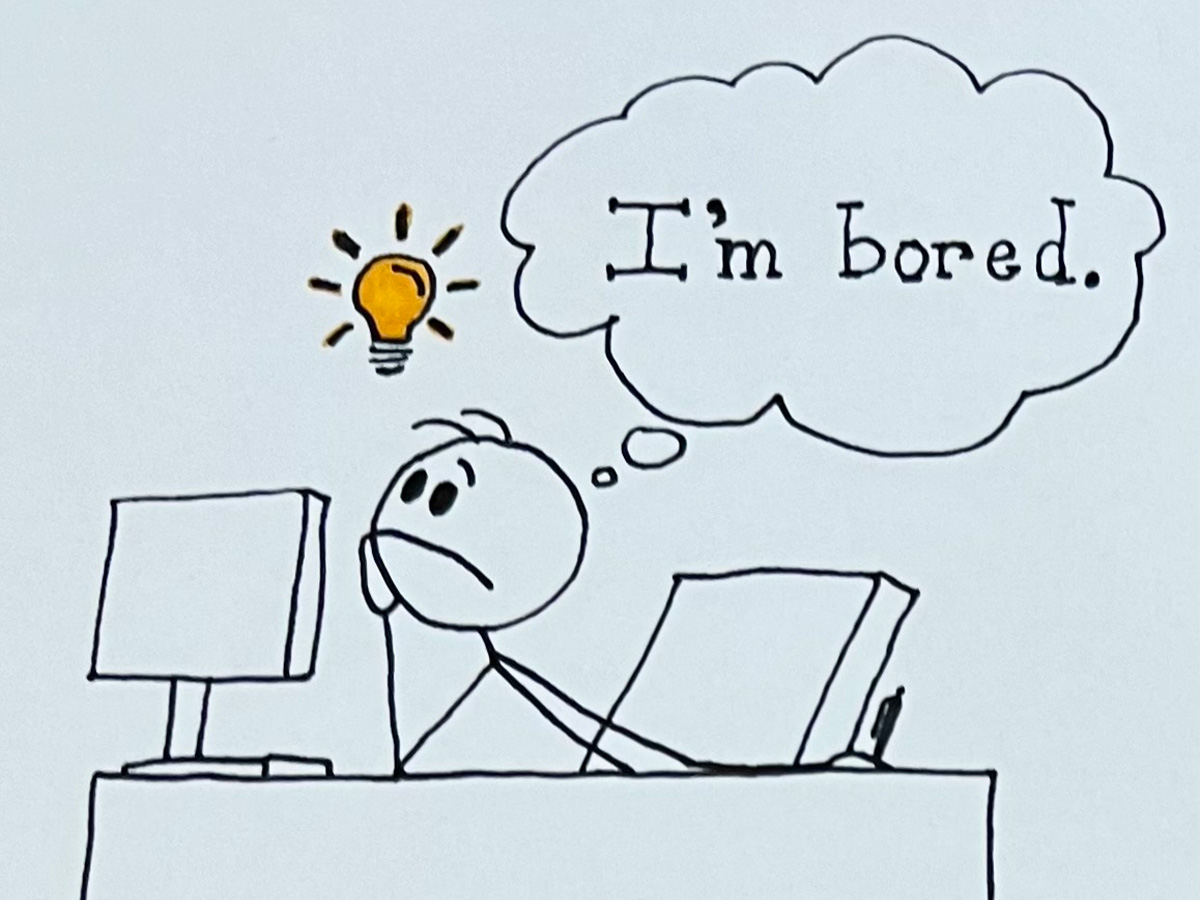The pang of losing a basketball game or the disappointment of missing a penalty kick can be incredibly painful for high school athletes—the pressure unparalleled, the guilt uncontrollable. But nothing compares to the pain of a career ending threat: an injury.
For the millions of teenagers who participate in high school sports every year, an injury can be a disappointment for the coach, the family, and the team. The pressure to play may lead to additional injury with more long-term effects. According to the US Consumer Product Safety Commission, over 1,000,000 soccer and basketball high school athletes were injured in the year 2009 alone.
Archer athletes experience multiple injuries during practices and games every season. Varsity soccer and softball player Claire Kristof ’15 recently suffered a torn ankle ligament at the beginning of the 2013-2014 season.
“With my ankle making me have to take a break from soccer for a couple weeks, I wasn’t getting as much practice as the rest of my team was,” Kristof remarked when asked how the injury impacted her soccer career. “After a while I was able to play, but I had to wear an ankle brace and take breaks occasionally to recuperate.”

Photographer: David Cranston
These injuries are not limited to high school athletes. According to the American Academy of Orthopaedic Surgeons, teenage athletes are injured at the same rate of professional athletes.
Kobe Bryant, professional basketball player for the Los Angeles Lakers, recently suffered a torn Achilles tendon. It was a devastating blow to the team— at the time en route to the NBA playoffs.

Source: NBAE via Getty Images
Prior to the injury, Bryant averaged 38.6 minutes per game. According to the US Centers for Disease control, overuse of tendons is a main cause of injury; an indication that Bryant’s injury was caused by a prodigious amount of minutes per game.
A reporter from TWC Sports asked if this was the biggest disappointment of his career. Bryant said, “Yeah by far, you work so hard. You put yourself into a position where you control your own fate, and I’ve certainly put in a lot of work. I prepared myself and it’s just…it’s just [bad] luck.”
Ultimately, the question is: how do we prevent these devastating injuries? Preparation. According to the American Association of Orthopaedic Surgeons, maintaining your fitness, warm up and stretching, and even hydration are crucial in preventing any number of injuries.
While recuperation and returning to the game can be difficult, committed athletes adapt to these injuries. “It was difficult to return. I just had to put in some extra practice to catch up to my team” Kristof said. Similarly, in an interview with TWC Sports, Bryant said, “It’s fueling me. It’s fueling me. I can feel it already.”
With proper treatment, prevention, recuperation and a love for the game, athletes have risen above the injury restriction— their determination present on and off the field.
Featured Image: The Archer Varsity huddles in anticipation for the forthcoming game. Photographer: David Cranston.




























































Ana Berman • Oct 25, 2013 at 1:48 am
I totally agree. I hate it when I get hurt and I have to get subbed out.